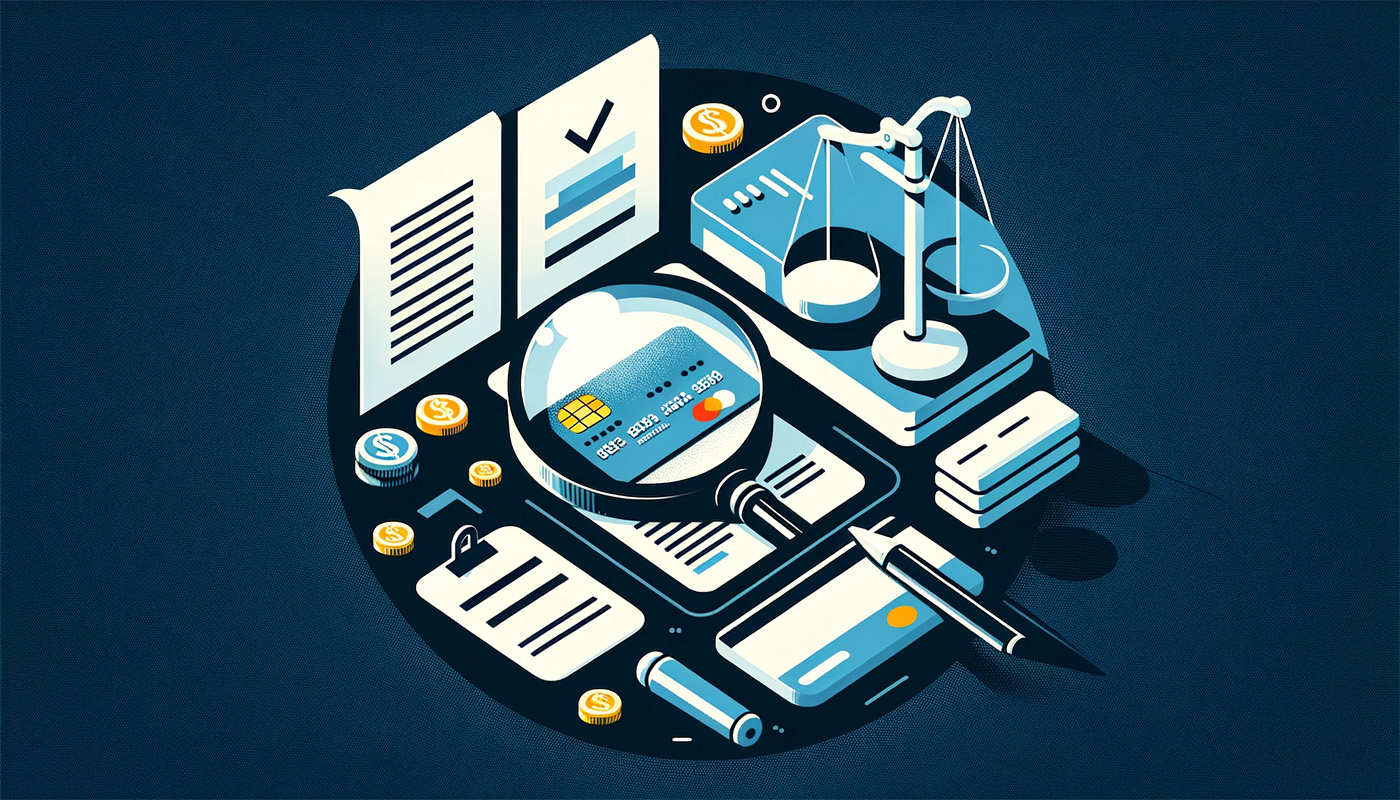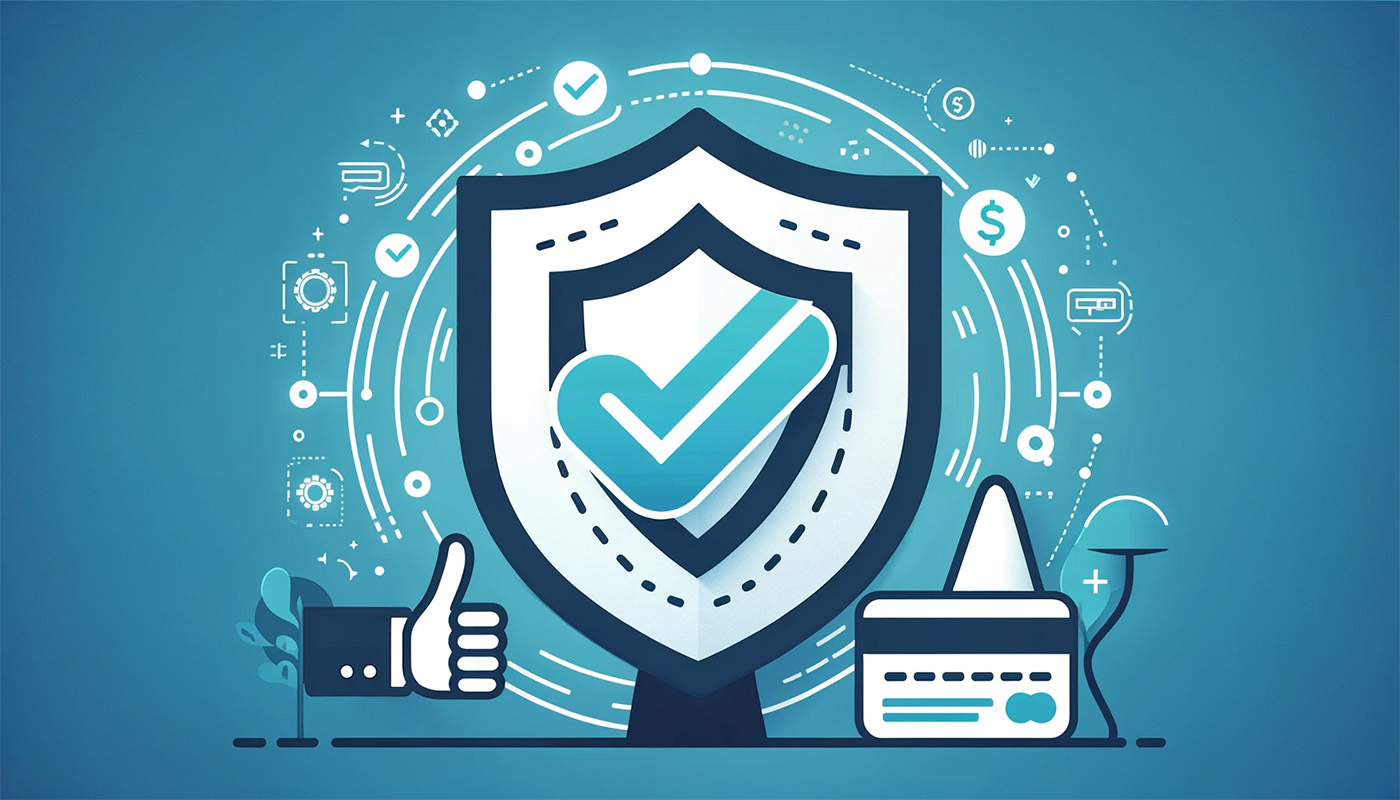Chargebacks—a mechanism designed to protect consumers, but one that can also present significant challenges for businesses.
The recent case of the Federal Trade Commission (FTC) against Chargebacks911 has cast a spotlight on these challenges, revealing the complexities and potential pitfalls within the chargeback process.
As a merchant, understanding the intricacies of chargeback disputes is not just about protecting your revenue; it’s also about maintaining a trustworthy relationship with your customers and navigating the legal and financial frameworks established by credit card issuers and networks.
Drawing lessons from the Chargebacks911 case, we aim to equip you with the knowledge and tools needed to successfully handle chargebacks. Whether it’s a disputed transaction, a case of friendly fraud, or a legitimate issue from a customer’s perspective, our insights will help you approach these challenges with confidence and strategic acumen.

What Are Chargebacks and Why Do They Happen?
Chargebacks, a term familiar yet often daunting for merchants, are essentially disputes initiated by the cardholder with their credit card issuer regarding a specific transaction. Originating as a consumer protection mechanism, chargebacks are designed to safeguard cardholders from unauthorized transactions, fraud, and discrepancies in goods or services received.
The Process and Players Involved
The chargeback process is a multi-faceted one, involving several key players: the cardholder, the merchant, the issuing bank (the cardholder’s bank), and the acquiring bank (the merchant’s bank).
When a cardholder disputes a transaction, the issuer reviews the claim and, if deemed valid, issues a chargeback, temporarily crediting the cardholder and debiting the merchant’s account.
Common Reasons for Chargebacks
- Unauthorized Transactions: These occur when a cardholder claims they didn’t authorize a credit card transaction, often a sign of potential fraud.
- Quality or Service Issues: Here, the cardholder disputes the quality of goods or services received.
- Errors and Technical Issues: Miscommunications, clerical errors, or technical glitches can also lead to customer disputes.
The Role of Card Networks
Credit card companies like Visa, Mastercard, American Express, and Discover play a pivotal role, setting the rules and guidelines for the chargeback process. Each network has its specific set of reason codes that categorize the nature of each dispute, guiding the subsequent steps in the process.
Impact of Chargebacks on Merchants
For merchants, chargebacks can be more than just a temporary financial setback. They can affect the merchant’s reputation with the acquiring bank and card networks, potentially leading to higher fees or even account termination in extreme cases.
Also consider that there are chargeback fees with every dispute. Not only do you refund the original transaction amount in full, but you pay on top of that.
Understanding the reasons behind chargebacks and the roles of various stakeholders is the first step in effectively managing them. This knowledge not only helps in disputing chargebacks when they occur but also in implementing strategies to prevent them in the first place.

How to Properly Dispute a Chargeback
Disputing a chargeback effectively is an essential skill for any merchant. It involves a structured approach and a deep understanding of the chargeback process. Here’s how to navigate this complex landscape:
Step 1: Understand the Reason Code
Each chargeback comes with a reason code, provided by the card network (Visa, Mastercard, etc.). This code is crucial as it dictates the evidence needed to dispute the chargeback.
Step 2: Collect Compelling Evidence
The type of evidence required depends on the chargeback reason code. Commonly needed documents include signed proof of delivery receipts, proof of service provided, or correspondence with the customer.
Ensure the evidence is clear, organized, and directly addresses the reason for the chargeback.
Step 3: Prepare a Rebuttal Letter
This chargeback rebuttal letter should concisely explain why the chargeback is unjustified, accompanied by the gathered evidence.
It’s important to be factual and to the point, focusing on the specifics of the disputed transaction.
Step 4: Submit Your Dispute
Forward your rebuttal letter and evidence to the acquiring bank or the payment processor handling your merchant account. Adhere to the timelines set by the card network to avoid forfeiting your right to dispute.
Step 5: Follow Up
Stay in touch with your acquiring bank or processor to track the progress of your dispute. Be prepared to provide additional information if requested.
Understanding the Acquirer’s Role
The acquiring bank plays a critical role in the chargeback dispute process. They are your first point of contact and will guide you through the necessary steps.
The Importance of Timeliness and Accuracy
Timeliness and accuracy in responding to chargebacks cannot be overstated. Late or incomplete rebuttals significantly reduce the chances of winning a dispute.
By mastering the art of disputing chargebacks, merchants can protect their revenues and maintain a good standing with card networks and banks. This skill is crucial in a landscape where even a single disputed transaction can impact your chargeback ratio and the health of your merchant account.

How to Prevent Chargebacks
Preventing chargebacks is as crucial as knowing how to dispute them. Implementing proactive strategies can significantly reduce the occurrence of chargebacks and maintain a healthy merchant account. Here are key practices to consider:
Clear Communication with Customers
- Provide detailed product descriptions and realistic service expectations to minimize misunderstandings.
- Ensure your contact information is easily accessible to customers who wish to resolve issues directly.
Robust Fraud Prevention Measures
- Implement tools like Address Verification System (AVS) and Card Verification Value (CVV) for card-not-present transactions.
- Regularly update your fraud detection systems to keep pace with evolving tactics used by fraudsters.
Transparent Return Policies and Refund Policies
- Clearly articulate your return and refund policies on your website and during the checkout process.
- Make the process of returns or refunds as straightforward as possible for customers.
Keeping Detailed Records
- Maintain comprehensive records of customer interactions, purchase details, and shipping information.
- In cases of disputes, these records can be invaluable in providing compelling evidence.
Training Your Staff
- Educate your team about the importance of chargeback prevention and how to identify potential red flags.
- A well-trained staff can play a significant role in minimizing chargebacks.
Regular Monitoring and Review
- Regularly review your chargeback rate and identify any patterns or recurring issues.
- Adjust your strategies as needed based on these insights.
By implementing these strategies, merchants can significantly reduce the risk of chargebacks. This not only safeguards revenue but also enhances customer trust and satisfaction.

How a New Merchant Account Might Save Your Business
The right merchant account can be a game-changer for your business, especially if you’re dealing with high chargeback ratios. Let’s explore how a new merchant account can provide the lifeline your business needs:
Specialized Accounts for High-Risk Merchants
- Businesses in certain industries or with high chargeback rates are deemed ‘high-risk’.
- A specialized high-risk merchant account is designed to support these businesses, offering tailored solutions and more lenient chargeback thresholds.
Improved Chargeback Management
- New merchant accounts often come with advanced tools and support for managing credit card chargebacks effectively.
- This can include dedicated support for dispute resolution and access to more sophisticated fraud detection systems.
Better Transaction Processing Rates
- Switching to a new merchant account can result in more favorable processing rates and terms, especially if your business has improved its chargeback ratio.
- This can lead to significant cost savings over time.
Access to Diverse Payment Options
- Modern merchant accounts enable businesses to accept a wider range of payment methods, catering to a broader customer base.
- This includes traditional credit cards, digital wallets, and even cryptocurrency in some cases.
Enhanced Security and Trust
- Up-to-date merchant accounts offer enhanced security features, building trust with your customers and reducing the likelihood of fraudulent transactions.
- Security measures like encryption and tokenization can protect both your business and your customers.
Upgrading or switching to a new merchant account can be a strategic move for businesses facing chargeback issues. It’s not just about handling chargebacks; it’s about fostering a healthier, more sustainable business environment that can adapt to the evolving landscape of digital transactions.

The Best Way Protect Your Business from Chargebacks Right Now
Navigating the complexities of chargebacks is an essential aspect of running a successful business in today’s digital marketplace. As we’ve explored, understanding the nuances of chargebacks, effectively disputing them, implementing robust prevention strategies, and considering a new merchant account are key to maintaining financial health and customer trust.
For businesses facing high chargeback rates or operating in high-risk industries, choosing the right merchant account is not just an operational decision—it’s a strategic one. A specialized high-risk merchant account, like those offered by DirectPayNet, can provide tailored solutions, improved chargeback management, and enhanced security measures.
This strategic move can lead to a significant reduction in chargebacks, cost savings, and a stronger foundation for your business.
Don’t let chargebacks derail your business. Explore how a high-risk merchant account with DirectPayNet can transform your chargeback management and secure your business’s future.









